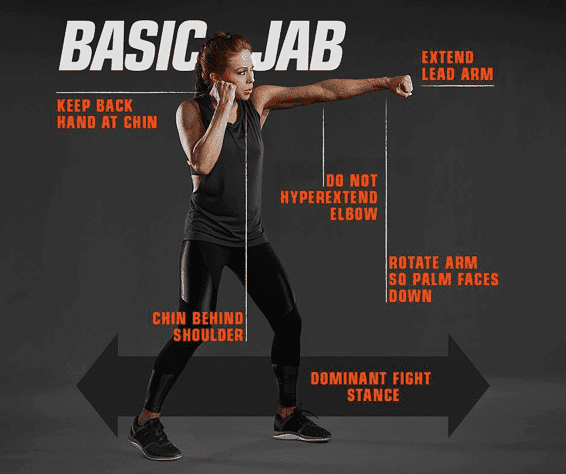Are you ready to swing into fitness? Golf can improve your physical health. Golf might seem like a boring sport that doesn’t get your muscles working, but nothing could be further from the truth. It’s not, as some assume, a “sedentary sport,” where you spend most of your time sitting on the golf cart (unless that’s how you choose to play the sport).
If you do it right, golf can be a tremendous muscular and cardiovascular exercise. And if you play often, golf can improve your physical health much more than you might think! Whether cutting, bulking, or maintaining, adding a round of golf to your weekly activity can have far-reaching effects… Both mentally and physically.
While things like rangefinders and weather-specific golfing gear can make the game easier, there’s no substitute for the physical work that goes into the game. Here’s why golf is a worthwhile choice for cross-training!
The Surprising Physical Demands of Golf
You might be thinking, “Seriously? How does golf even count as exercise?” Well, let’s dive into the surprising physical demands of this seemingly laid-back sport. When you’re on the golf course, you’re not just swinging a club–you’re also walking the course, carrying your clubs, and maintaining a solid posture. That’s like a full-body workout disguised as a leisurely pastime.
Walking might not sound like a big deal, but covering several miles during an 18-hole game is no joke. It’s not only great for your cardiovascular fitness but also for torching calories. And that’s not all–when you swing your golf club, you’re engaging your core, back, chest, biceps. And leg muscles in a dynamic way that challenges both strength and balance. Say goodbye to the notion that golf is just a gentle stroll!
Cardiovascular Benefits of Golf
Walking an entire golf course can translate to several miles covered, giving your cardiovascular system a substantial workout. Cardiovascular fitness isn’t just about endurance; it’s a cornerstone of overall health. And as you navigate fairways and greens, your heart is getting the exercise it craves.
Plus, a round of golf burns a considerable number of calories. On average, you can expect to scorch around 300 to 1,000 calories during a single game, depending on whether you use the cart, your walking speed, and the elevation changes across the course.
Strengthening Core Muscles
The core is essentially the powerhouse of your body. It’s not just about aesthetics, either; strong core muscles play a pivotal role in maintaining balance and generating power in your golf swing. Every time you take a swing, you’re working that core. Who knew that golfing could help you work towards a six-pack?
Incorporating exercises like planks, Russian twists, medicine ball throws, and leg raises in the gym can work wonders in boosting your core strength. And a robust core doesn’t just benefit your golf swing–it also improves your overall posture and reduces the risk of injuries in your everyday activities.
Developing Upper Body Strength
You give your upper body a decent workout every time you swing a club. Your shoulders, arms, chest, and back are all harmonious. You might not be using your muscles to push or pull heavy weights, but they’re still being activated and pushing out a good bit of power to smash that ball down the fairway.
In the gym, consider adding weighted exercises like rows, shoulder presses, and forearm exercises to your routine if you aren’t already doing them. Strengthening these muscle groups can enhance your swing mechanics and help you drive those shots even farther.
Flexibility and Range of Motion
If there’s one thing a golf swing demands, it’s flexibility. Without it, your swing might resemble a robot’s attempt at dancing! The range of motion required to execute a flawless swing is no small feat, but get it right, and it’ll improve not just your golf sewing but your general range of movement in everyday movements too.
Dynamic stretches like hip rotations, torso twists, and shoulder stretches can significantly improve your flexibility and help you avoid stiffness after a game. Remember, flexibility isn’t just about achieving that Instagram-worthy pose. It’s about ensuring a consistent and powerful golf swing every time you step onto the course and lowering your chance of injury on the course, in the gym, and anywhere else.
Mental Health Benefits of Golf
Physical health is more than just… Well, physical. Mental health plays a massive role in your overall health; the good news is that golf also improves your mental health. It’s a win-win situation!
Golf is the perfect mindfulness activity, requiring concentration, focus, and the ability to stay present. Building these skills on the golf course means they’re more readily accessible in the “real world,” meaning you’ll work on self-care whenever you knock a golf ball.
Like any physical activity, golf gets the endorphins pumping, so you’ll also get a good dose of natural feel-good chemicals surging through your body and brain. Plus, research suggests that exercising in nature is more effective than indoors, so golf ticks all the boxes.
As you navigate each hole, stress melts away, replaced by the serenity of the course and the harmony of your muscles and cardiovascular system working together. Being outdoors, challenging yourself, and achieving small victories on the green can significantly improve your mental well-being.
Tips for Incorporating Golf into Your Fitness Routine
Like the sound of using golf to improve your physical health? It’s not just a soothing pastime that old fogies play! It’s a strategic, fitness-enhancing, critical-thinking sport everyone can benefit from.
Here’s how to start: find local courses, grab essential equipment, and hit the fairways. Not confident enough yet? Hit the driving range until you feel comfortable leaving the course. You’ll still work those muscles and boost your flexibility, although you won’t get in your steps.
The best thing about integrating golf into your fitness routine is that it doesn’t mean you have to give up your other workouts. Instead, find a balance that works for you, and remember, it’s not just about performance–it’s about enjoying the process.
About the Author, Jordan Fuller is a retired golfer and businessman. When he’s not on the course working on his own game or mentoring young golfers, he writes in-depth articles for his website, Golf Influence.




